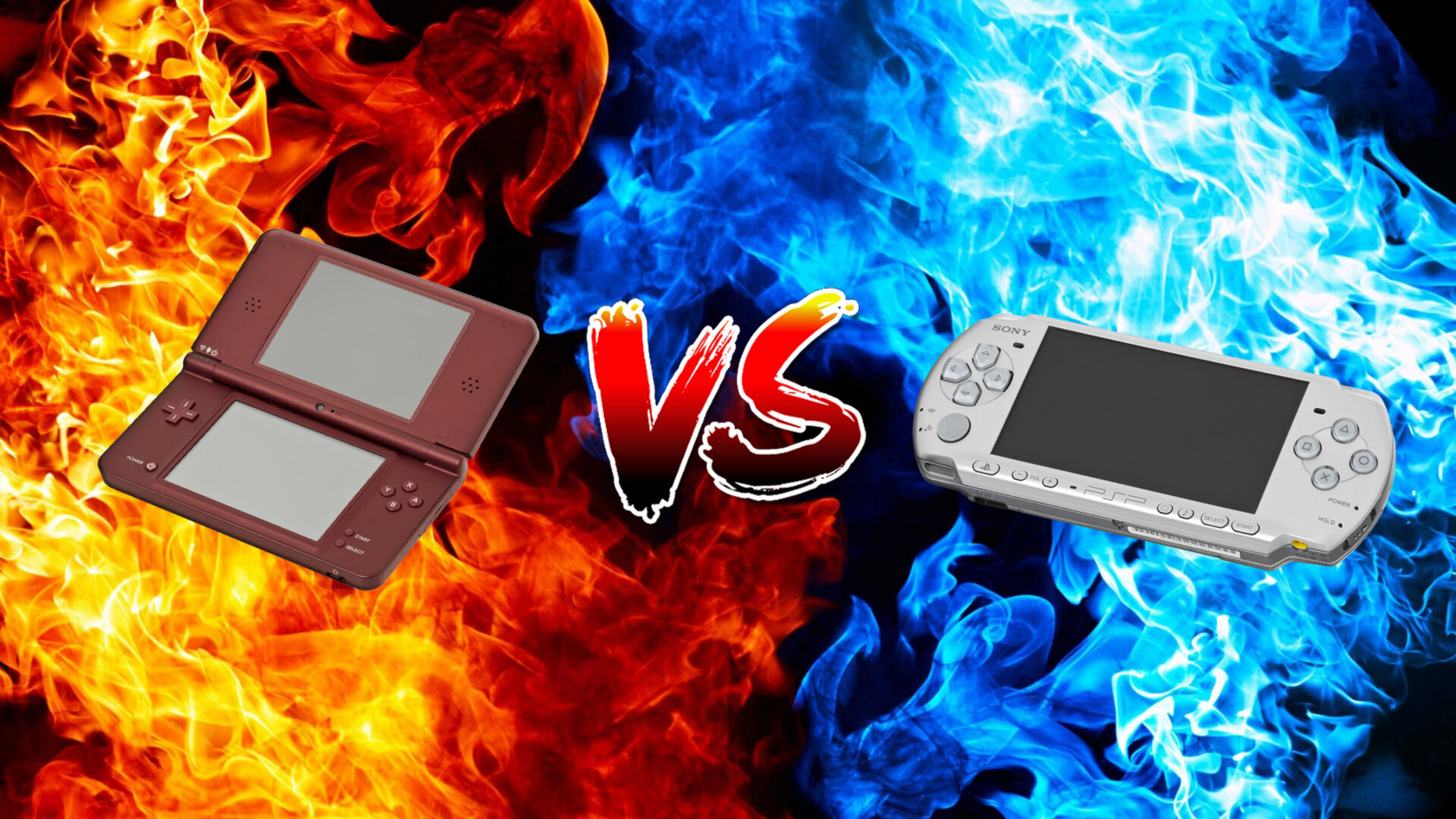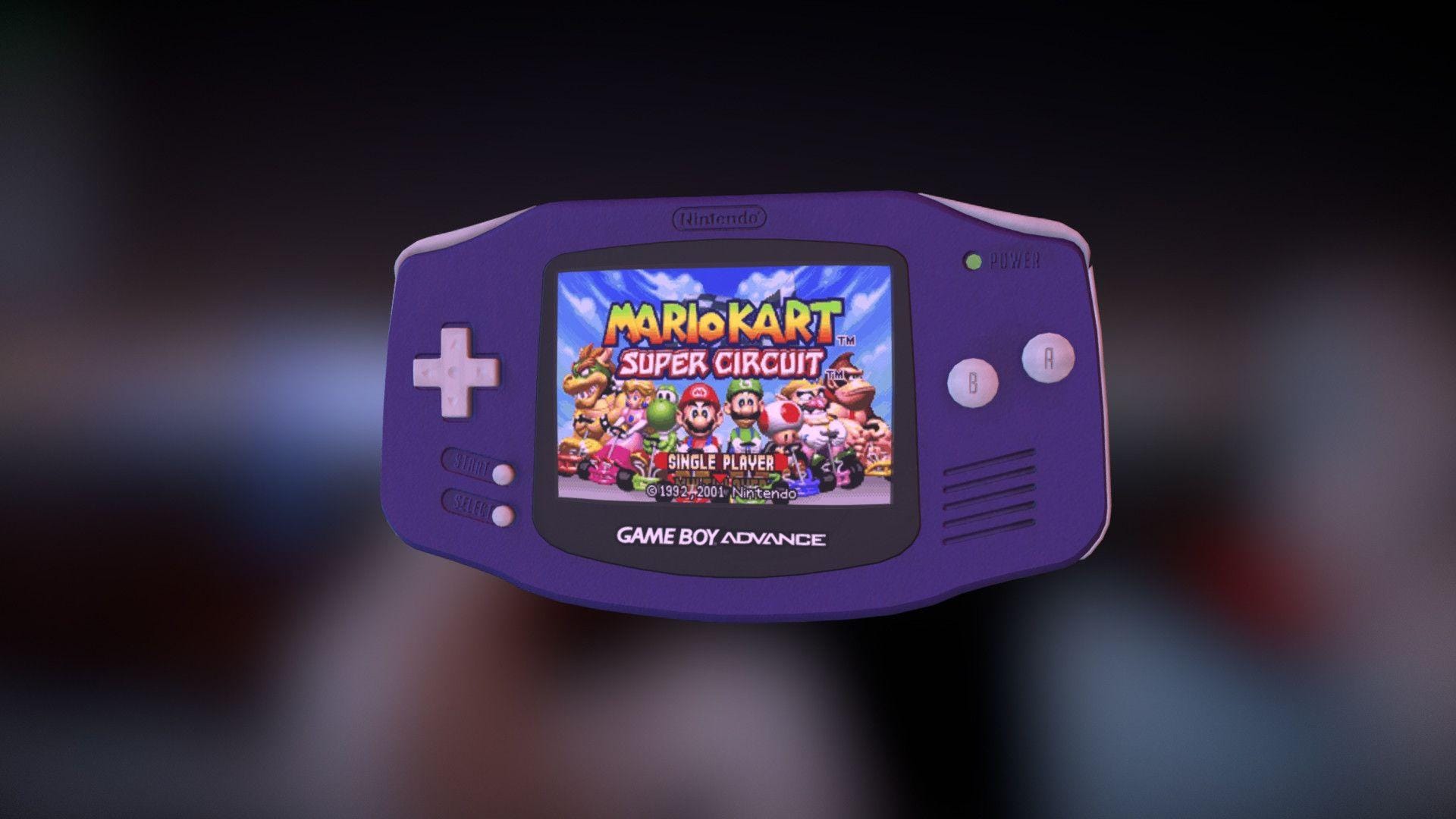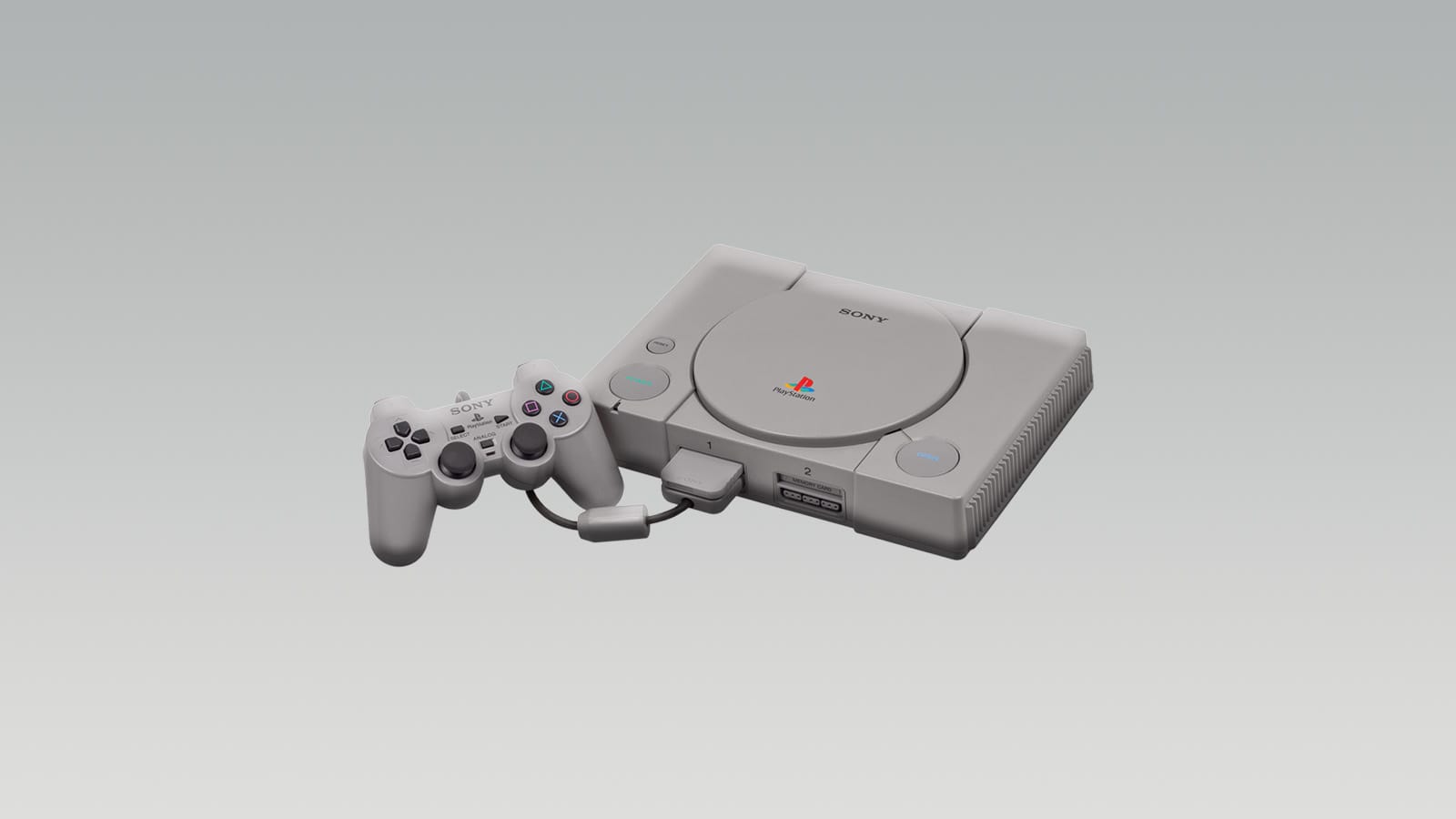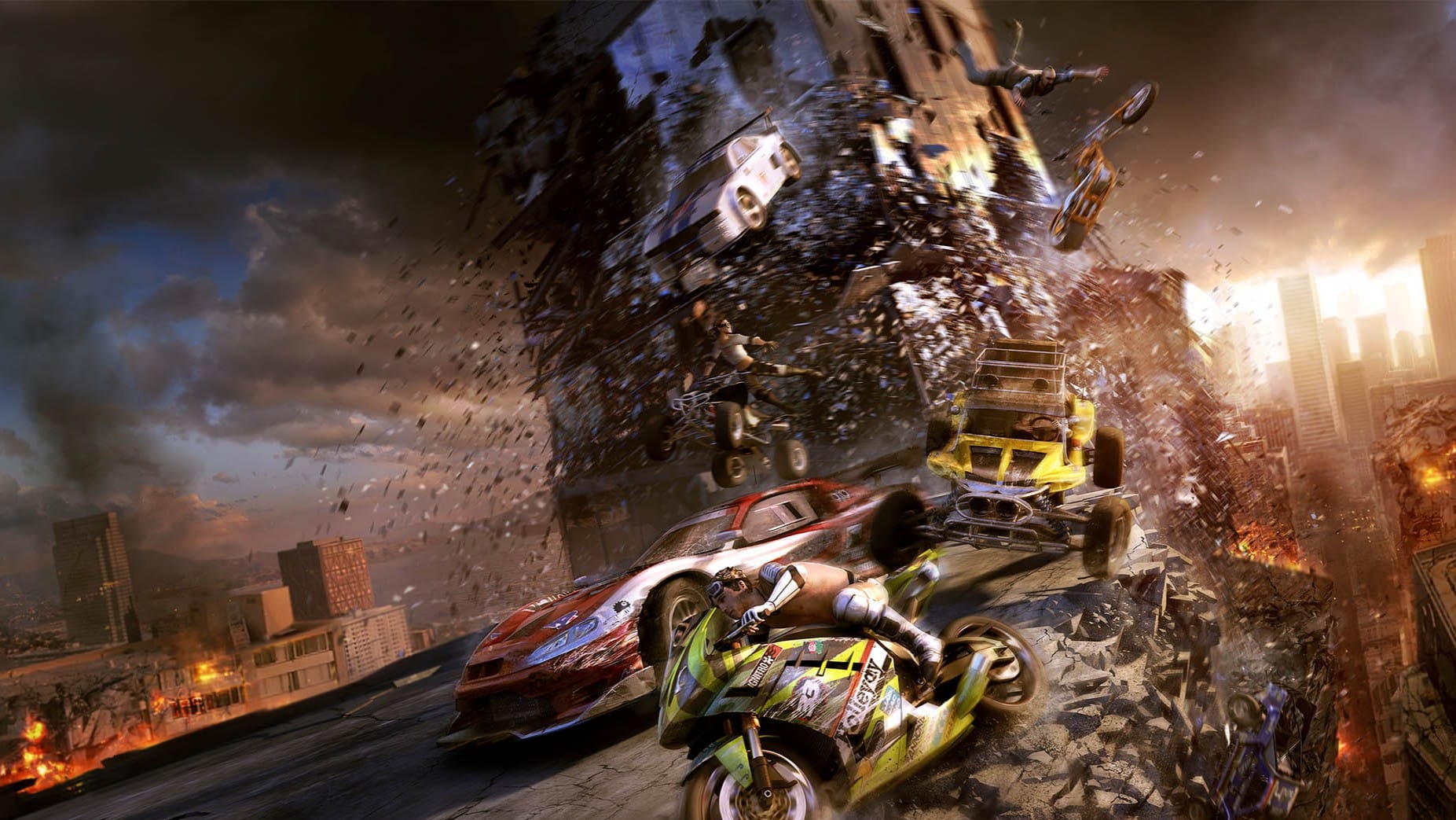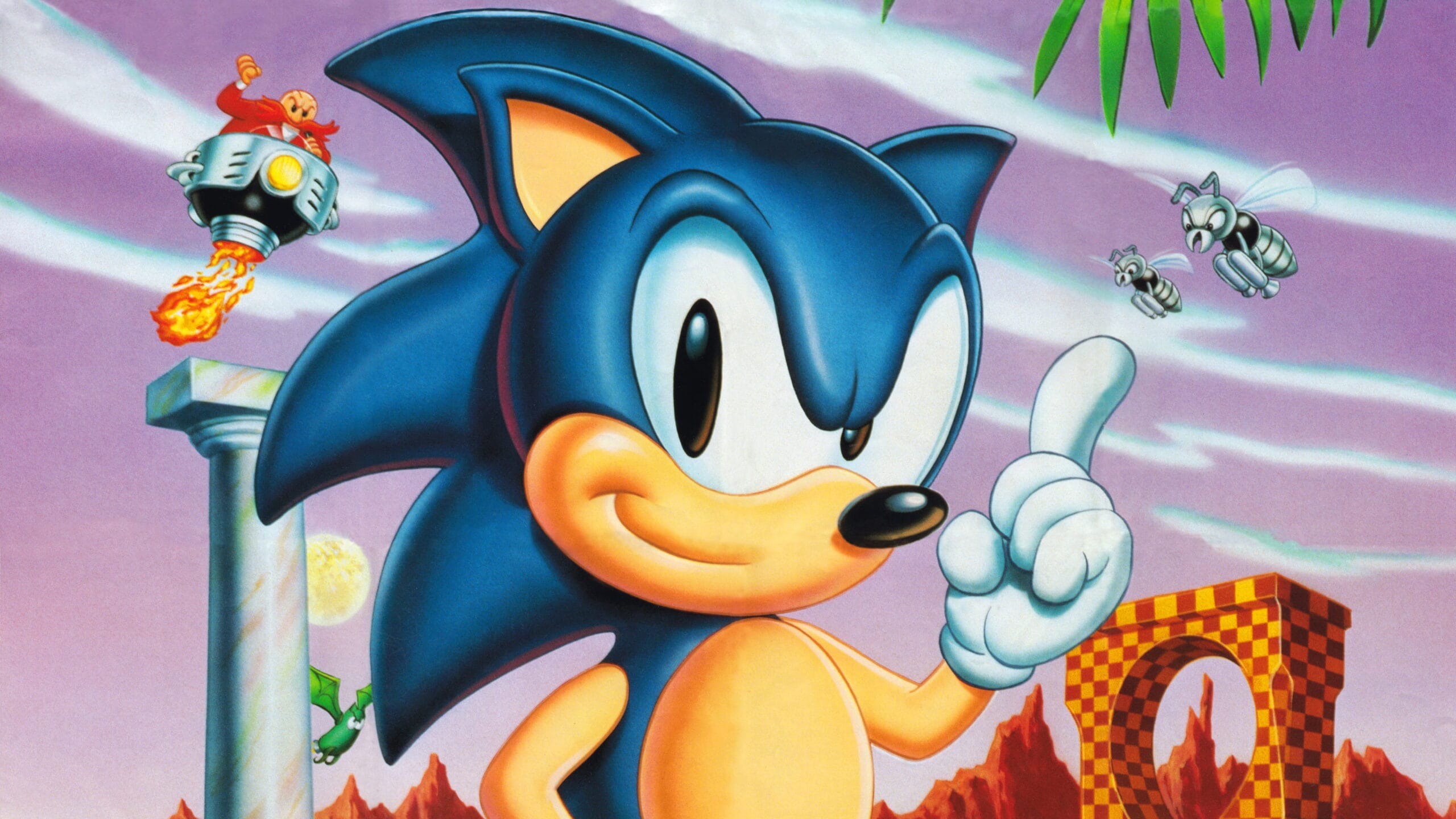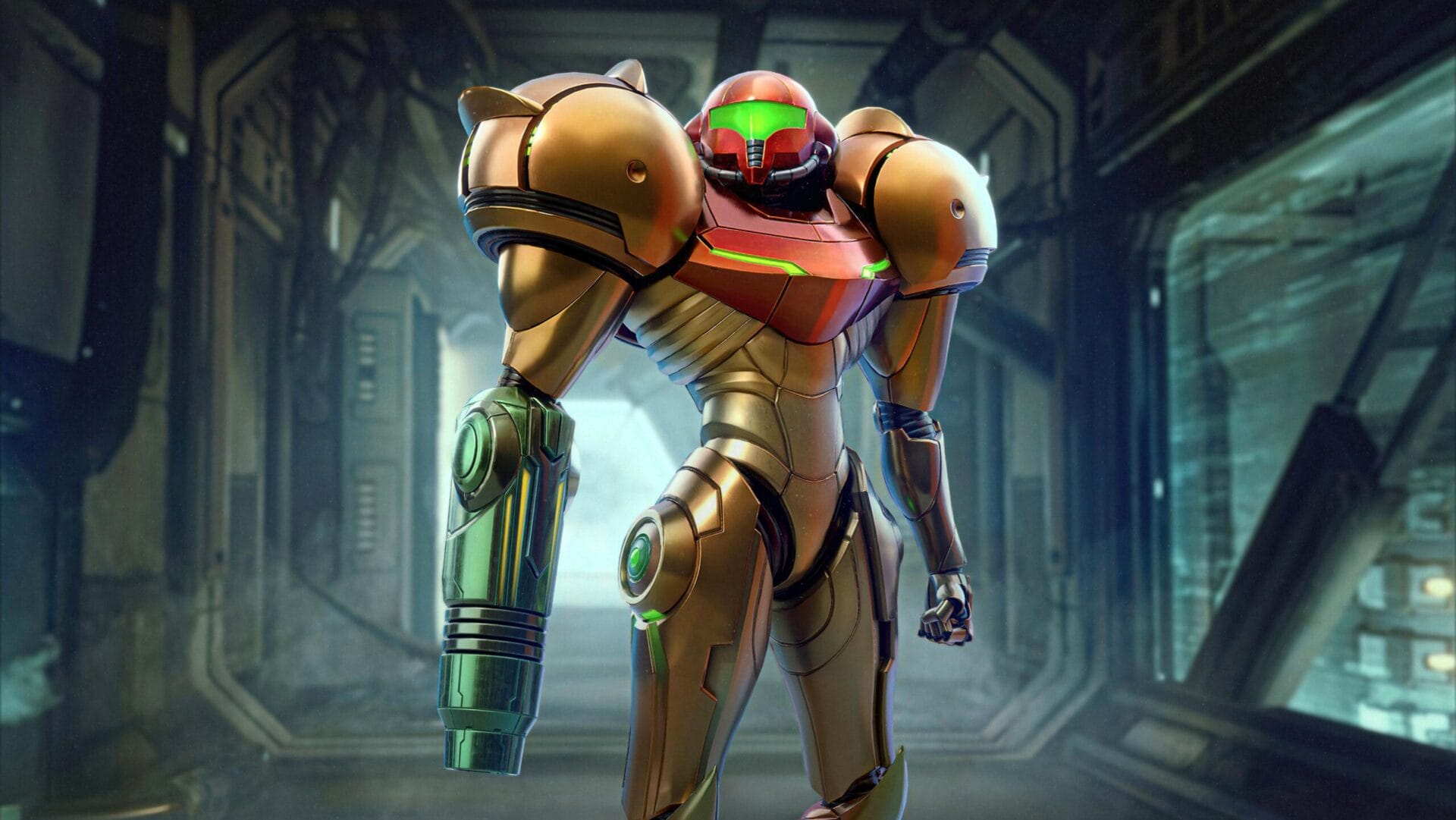The year was 2004, and the handheld gaming landscape was about to change forever. Nintendo and Sony, two industry titans, had fired their opening shots, each introducing a portable console that promised to redefine gaming on the go. The Nintendo DS and PlayStation Portable (PSP) weren’t just competing for sales—they were battling for the very soul of handheld gaming.
Nintendo bet big on accessibility, touch controls, and a software lineup that catered to everyone from kids to grandparents. Sony, on the other hand, chased cinematic experiences, pushing high-fidelity visuals and console-style gameplay in a way handhelds had never seen before. The result? A decade-defining rivalry that shaped gaming forever.
But who really won? Was it the DS, which obliterated sales records and redefined portable gaming? Or the PSP, which built a devoted fanbase and became a hacker’s paradise? The numbers tell one story, but the legacy tells another. Let’s settle this once and for all.
Hardware Face-Off: Power vs Innovation
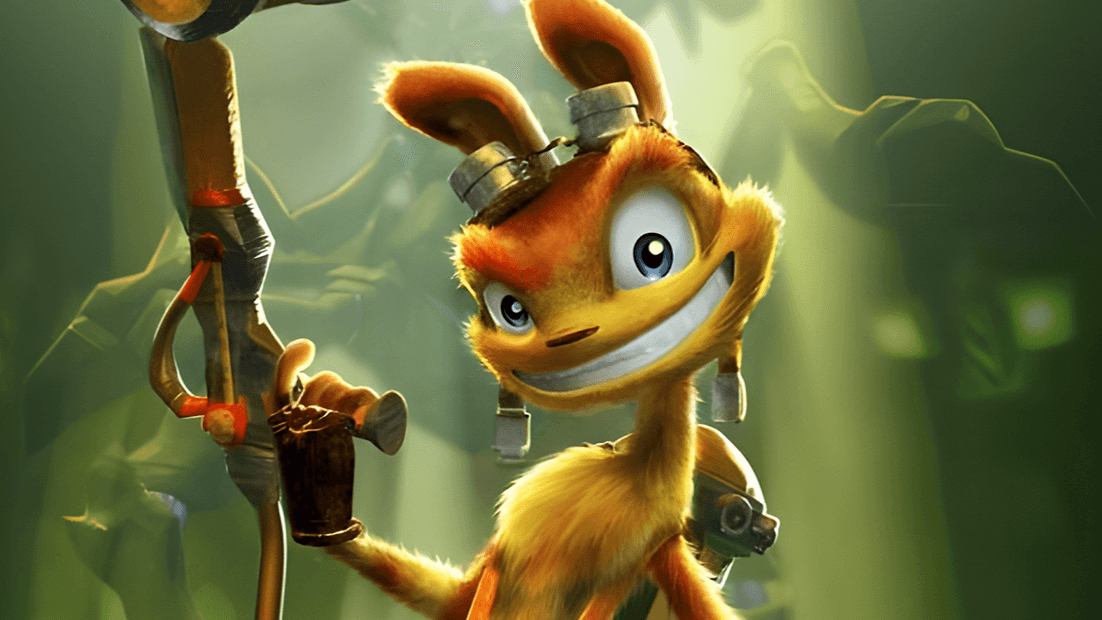
The Nintendo DS and PlayStation Portable weren’t just different; they were opposites. One embraced raw power, sleek design, and multimedia versatility. The other dared to rethink how we interacted with games entirely. Both left their mark but in drastically different ways.
Sony didn’t just build a handheld console; they built a statement piece. The PSP was a head-turner, with its glossy black finish, futuristic curves, and that gorgeous 4.3-inch widescreen display. It wasn’t just a gaming device—it was a mini-entertainment hub. It could play movies. It could store music. It could even browse the web. This was Sony flexing its technological muscle, crafting a device that felt like it belonged in the same league as high-end gadgets of the era.
Under the hood, the PSP packed serious firepower. With a 333 MHz processor, 32MB of RAM (later 64MB in the Slim model), and a dedicated GPU, it was leagues ahead of the DS in raw specs. This meant near-PS2-quality visuals, full 3D worlds, and games that felt far closer to home console experiences than anything Nintendo’s handheld could muster.
But that power came with trade-offs. The battery life? Inconsistent at best, abysmal at worst—especially when running graphically demanding games. And while the PSP’s single analog nub was a step up from traditional D-pads, it never quite delivered the precision of a full dual-stick setup. Still, for those who wanted console-style gaming without compromise, the PSP was a dream machine.
If the PSP was a luxury sports car, the Nintendo DS was a Swiss Army knife—unconventional, packed with utility, and full of surprises. From the moment you flipped it open, you knew this was something different. Two screens. A touchscreen. A built-in microphone. A clamshell design straight out of a tech futurist’s notebook. It was as if Nintendo had thrown every wild idea onto the table and, somehow, made it work.
The touchscreen was the true game-changer. No more just pressing buttons—now you could tap, drag, scribble, and swipe your way through games. Titles like WarioWare: Touched! and The World Ends With You turned the lower screen into a dynamic, hands-on experience, something no other console could offer at the time.
And then there was the built-in microphone, which led to moments of pure ingenuity. Blow into the mic to extinguish candles in Zelda, use voice commands in Nintendogs, or even shout at enemies to distract them in certain RPGs. It felt playful, fresh, and distinctly Nintendo.
While many developers who embraced the DS’s quirks found entirely new ways to design games, it didn’t change the fact that the DS couldn’t hold a candle to the PSP graphically.
Verdict: PSP
Library Wars: Which System Had the Better Games?
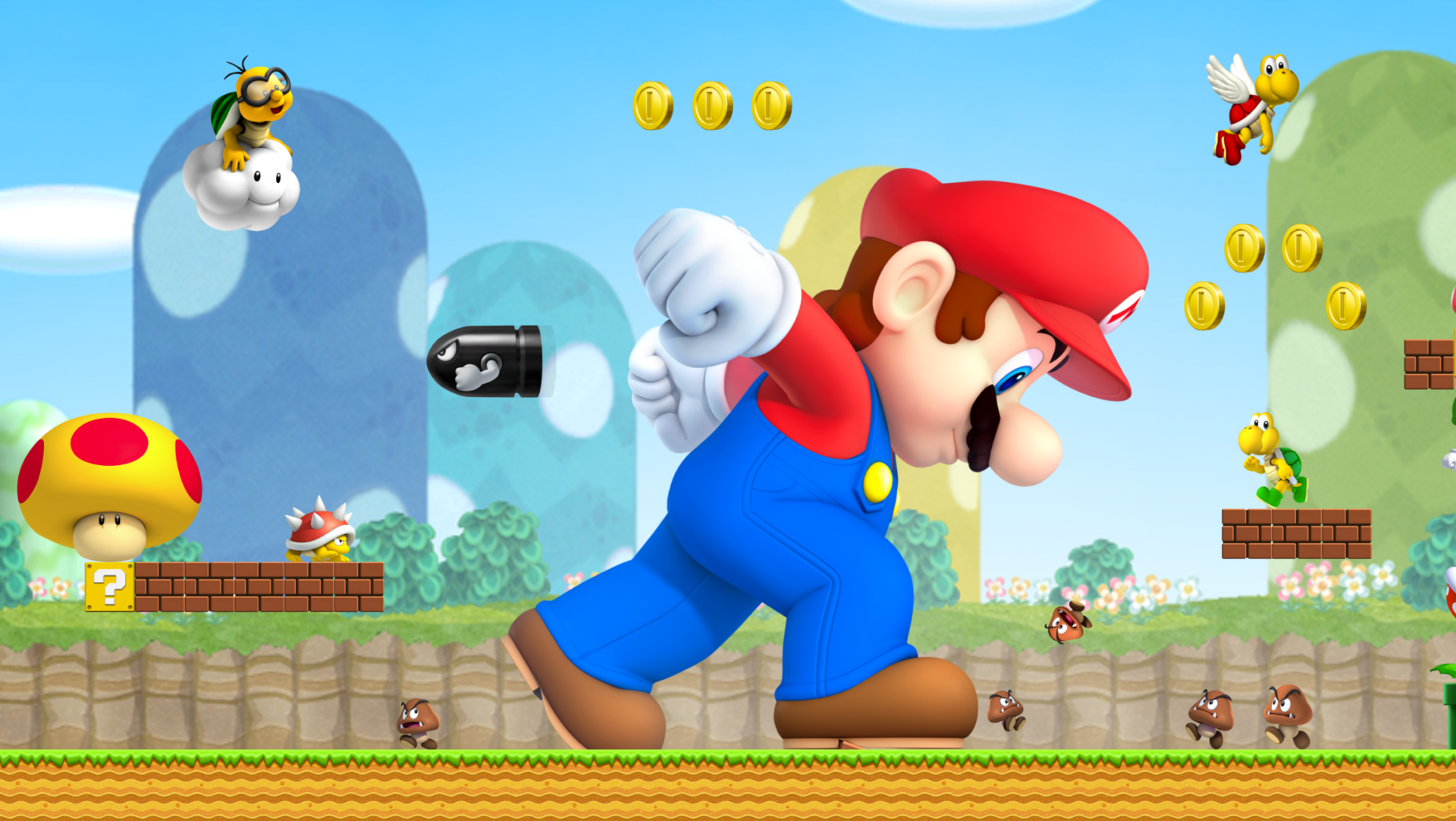
A handheld is only as good as the games it plays. And here’s where the DS and PSP truly clashed. While one leaned on the sheer firepower of its first-party greats, the other became a haven for third-party blockbusters and experimental gems. The real question? Which had the more legendary lineup—and which library stands the test of time?
Nintendo doesn’t just make games—it makes icons. And the DS? It had all the heavy hitters.
This was the system where Pokémon hit a new stride with Diamond & Pearl, ushering in Wi-Fi battles and trades that revolutionized multiplayer. New Super Mario Bros. resurrected 2D platforming, Mario Kart DS brought online racing to the masses, and The Legend of Zelda: Phantom Hourglass delivered an ambitious stylus-driven adventure that could have only worked on the DS.
But Nintendo didn’t just rely on the usual suspects. They experimented. Brain Age made gamers feel smart while keeping them hooked, Nintendogs became a cultural phenomenon, and Elite Beat Agents turned touchscreen rhythm games into an electrifying spectacle. The DS wasn’t just home to great games—it was home to games that redefined genres.
Sony didn’t have Mario or Zelda, but it had something Nintendo struggled with: strong third-party muscle.
The PSP wasn’t just a PlayStation-branded handheld—it was a breeding ground for top-tier third-party titles. Square Enix dominated with Final Fantasy Tactics: War of the Lions, Crisis Core: Final Fantasy VII, and Kingdom Hearts: Birth by Sleep—games that weren’t just portable, but essential to their respective franchises.
Fighters? Tekken: Dark Resurrection and Soulcalibur: Broken Destiny gave players arcade-quality brawls on the go. Music games? Lumines wasn’t just a Tetris-style puzzler—it was an audio-visual masterpiece that felt like a playable DJ set. Racing? The Burnout and Need for Speed series turned the PSP into a speed demon’s dream.
Meanwhile, the PSP became a playground for experimental indies and cult hits. Games like Patapon and LocoRoco weren’t just fun—they were art in motion, blending unique gameplay with bold, colorful aesthetics. Dungeon crawlers like Monster Hunter Freedom Unite turned social gaming into a phenomenon, making the PSP a cultural force in Japan.
Where the DS excelled in first-party brilliance, the PSP thrived in variety. If you wanted the biggest franchises from multiple developers, Sony’s handheld was the place to be.
So, who won? That depends on what you value more: pure innovation or raw gaming firepower.
Verdict: Tie
Multimedia Capabilities: A New Era for Handhelds
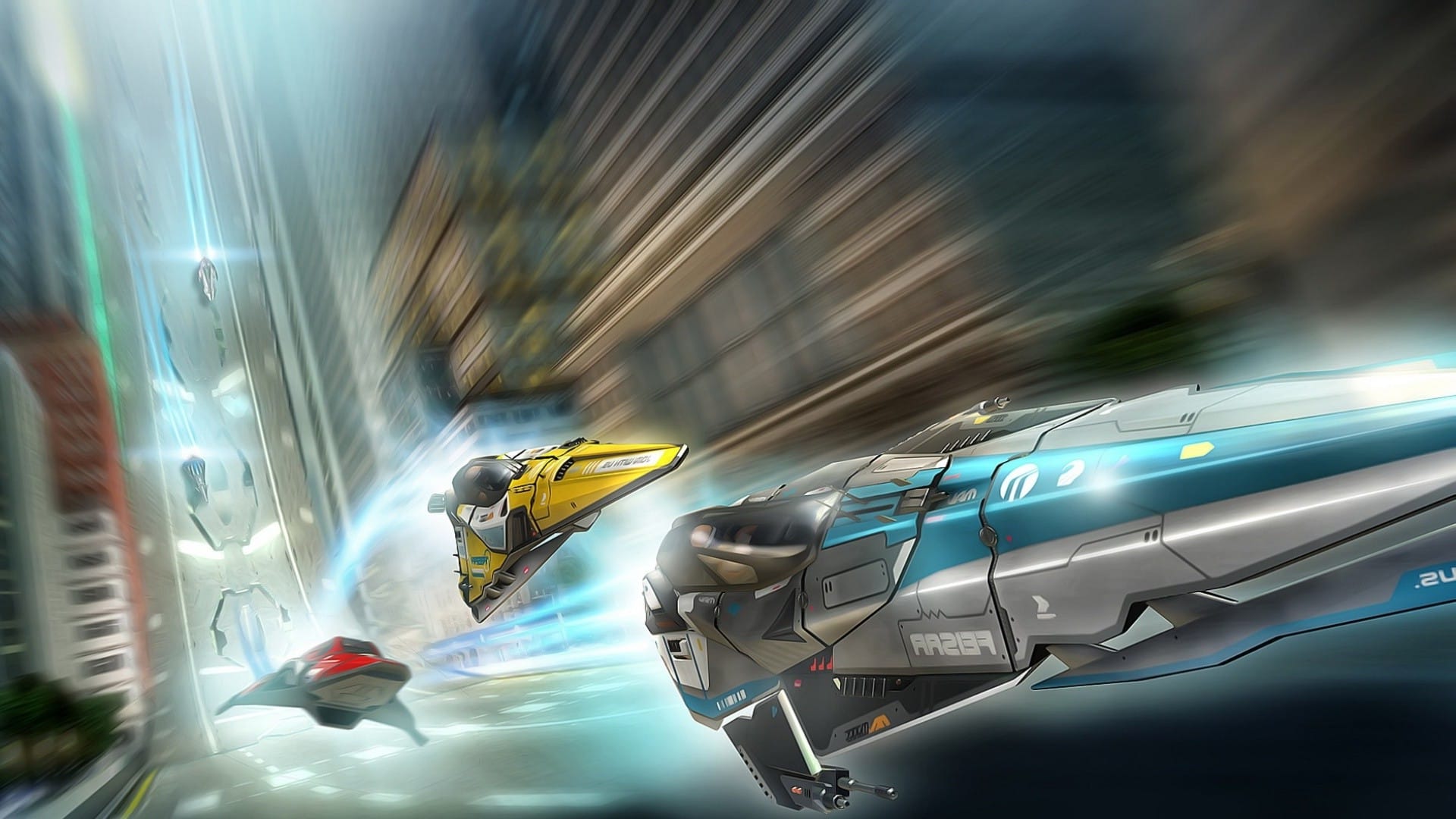
By the mid-2000s, handheld gaming consoles weren’t just about gaming anymore. They were becoming miniature entertainment powerhouses—or at least, that was Sony’s vision. While the Nintendo DS doubled down on gameplay and accessibility, the PSP had its sights set on something much bigger: a device that could do it all.
The PSP wasn’t just a handheld console; it was your portable entertainment hub. This was a device that let you watch movies, listen to music, browse the internet, and even read digital comics—all from one sleek, pocket-friendly package.
Sony’s proprietary UMD (Universal Media Disc) format was an ambitious attempt to turn the PSP into a portable movie theater. Hollywood blockbusters like Spider-Man 2, The Matrix, and Pirates of the Caribbean all got UMD releases, and for a brief moment, the idea of carrying a library of films in your backpack seemed futuristic and undeniably cool.
Music lovers could load up their PSPs with MP3s, making it a viable alternative to iPods at the time. The built-in web browser meant you could check email, read gaming news, or—let’s be honest—struggle with the painfully slow load times and clunky on-screen keyboard. But still, the fact that it was possible on a handheld gaming system? Revolutionary.
Nintendo, on the other hand, didn’t get caught up in the multimedia race. The DS had a single mission: deliver great games. No built-in movie player. No MP3 support. No web browsing (at least not until the Opera browser cartridge came along, and even then, it was a chore).
It wasn’t that Nintendo lacked the technology—they just had different priorities. To them, handheld gaming wasn’t about being a jack-of-all-trades; it was about delivering experiences that couldn’t be found anywhere else. Dual screens, touch controls, and simple pick-up-and-play fun—that’s what the DS excelled at.
Even when the DSi introduced features like a camera and an online store, Nintendo never marketed it as an all-in-one device. The DS was a gaming machine, through and through.
Sony had envisioned the PSP as more than just a console. It was a lifestyle device, a gadget that could handle entertainment in multiple forms. Considering that the PSP was able to accomplish this before the era of smartphones, it was a game-changer for tech enthusiasts.
Verdict: PSP
Online & Multiplayer: Connecting Players in Different Ways
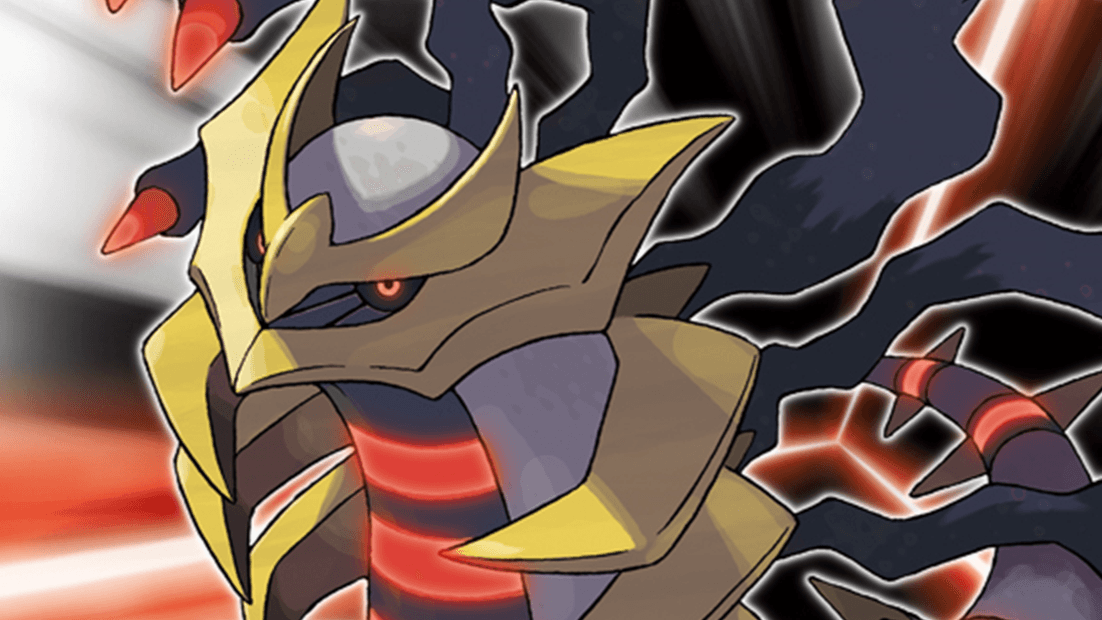
Gaming has always been better with friends, and during the DS vs. PSP era, handheld multiplayer was entering a new frontier. Gone were the days of needing link cables and bulky accessories—wireless play was the new standard. But while both consoles embraced the idea of connecting players, they did so in fundamentally different ways.
Nintendo understood one universal truth: gaming is more fun when it’s easy to jump in. And with the DS, they nailed local multiplayer in a way that felt downright futuristic at the time.
Download Play was a revelation—one person owned a game, but everyone else could hop in with just their DS. Whether it was Mario Kart DS, Metroid Prime Hunters, or Tetris DS, a single cartridge could power an entire room of players. It was instant, seamless, and incredibly inviting.
The Nintendo Wi-Fi Connection brought online play to the DS, but it came with some frustrating caveats. Friend codes were a nightmare—long, clunky, and required for every single game. Connection quality was hit-or-miss, and voice chat? Practically nonexistent. Still, Nintendo was testing the waters, and for a company that had traditionally lagged behind in online gaming, this was a big step forward.
In the realm of local multiplayer, the DS was untouchable.
Whether at school, on a bus, or in a coffee shop, if you saw someone else with a DS, there was a good chance you’d be racing, battling, or puzzle-solving together within minutes.
Sony approached multiplayer differently. The PSP wasn’t just about casual pick-up-and-play sessions—it aimed to bring console-quality online gaming to handhelds.
The PSP used ad-hoc for local multiplayer, and certain games also supported Gameshare mode. With this feature, two players can link their PSPs and play together, requiring only one physical (UMD) or digital version of the game.
On the online front, the PSP was far more ambitious. With PlayStation Network support, some games featured robust online multiplayer, voice chat, and even downloadable content. This was the era where infrastructure mattered, and Sony was building the foundation for a connected gaming future.
However, execution wasn’t always perfect. Many PSP games relied on third-party servers, leading to inconsistent online experiences.
The DS perfected local multiplayer. It was instant, inclusive, and ridiculously fun. Whether you were battling Pokémon, racing in Mario Kart, or sending doodles through PictoChat, Nintendo made sure that multiplayer was something anyone could experience with minimal friction.
The PSP, on the other hand, was the better choice for online gaming. It had a stronger infrastructure, more features, and a vision for a connected future.
It wasn’t a question of who did multiplayer better—it was a matter of which style of connection mattered more to you.
Verdict: Tie
Homebrew, Mods, and Hacks: Which System Had the Best Underground Scene?

For a certain breed of gamer, a console’s true potential isn’t defined by what it can do out of the box—but by what it can be made to do. Both the Nintendo DS and PlayStation Portable became playgrounds for hackers, tinkerers, and homebrew developers who pushed the hardware far beyond its intended limits. But which handheld truly reigned supreme in the underground modding scene?
Sony built the PSP as a versatile, multimedia powerhouse—but it was the hacking community that truly unlocked its full potential. Almost from the moment it launched, modders found ways to exploit security flaws and install custom firmware, giving users access to a treasure trove of possibilities.
With the right tweaks, the PSP became a retro gaming beast. From SNES and Sega Genesis to PlayStation 1, it could emulate an entire generation of gaming history on the go. It didn’t stop there. Homebrew applications transformed the PSP into a portable media hub, allowing users to watch movies in unsupported formats, listen to MP3s with custom equalizers, and even browse the web with better functionality than Sony’s own browser.
Sony fought back with frequent firmware updates, constantly trying to patch the exploits. But hackers were always one step ahead, finding new vulnerabilities and making homebrew more accessible. By the time the PSP reached its twilight years, custom firmware was so widespread that it was practically an unspoken feature of the system.
Nintendo’s DS homebrew scene took a different route. Instead of relying on firmware hacks, the community embraced flashcarts—small cartridges loaded with custom software that could be easily swapped in and out, requiring no modifications to the DS itself.
These flashcarts, like the infamous R4, allowed players to run homebrew apps, indie games, and emulators without altering their hardware. The DS modding scene wasn’t as much about unlocking raw power as it was about convenience and accessibility. With a simple drag-and-drop interface, anyone could load up a microSD card with custom games, tools, and software.
But flashcarts also came with controversy. They blurred the line between homebrew and piracy, making it absurdly easy to play ROMs. This had an undeniable effect on game sales, leading Nintendo to wage an aggressive war against flashcart manufacturers. Lawsuits and bans followed, but the homebrew community remained resilient, ensuring that the DS continued to thrive outside of Nintendo’s ecosystem.
For both consoles, the homebrew scene was a playground for developers.
The PSP, with its powerful hardware and deep homebrew support, remained relevant long after its official support dwindled. Even today, many still use it as a go-to emulation device, keeping the system alive in the hands of retro gaming enthusiasts.
The DS homebrew scene, while not as technically ambitious, democratized game development. It allowed small creators to build and distribute games outside of the traditional publishing pipeline. The DS also laid the groundwork for modding on the 3DS, where custom firmware took things to the next level.
So, who had the best underground scene? With 400+ homebrew games available, the PSP was the ultimate modder’s dream. The DS, on the other hand, made homebrew accessible to the masses, making it one of the most widely hacked consoles of all time. In the end, both systems left a legacy far greater than their official libraries alone.
Verdict: Tie
Final Verdict: Who Really Won?
No console war is ever as simple as tallying up the wins and losses. The Nintendo DS and PlayStation Portable were two behemoths of handheld gaming, each leaving behind a legacy that shaped the industry in distinct ways. But if we break it down category by category, the battle becomes a little clearer.
The DS was the mainstream king, a family-friendly juggernaut that turned casual players into lifelong gamers. It set the stage for Nintendo’s future in the handheld space and proved that innovation trumps raw power.
The PSP, in contrast, was a statement piece for hardcore gamers, delivering home console experiences on the go. It carved out a niche for PlayStation in the handheld market and proved there was demand for multimedia versatility in gaming devices.
So, who really won? The Nintendo DS won on paper—in sales and mainstream impact. But the PSP won in spirit—pushing handheld gaming to new technical heights and becoming a legendary piece of hardware for enthusiasts.
Both systems deserve their place in gaming history. The DS revolutionized the industry and became a household staple, while the PSP pushed handheld gaming to new technological heights. In the end, neither console truly lost—because the impact of their rivalry is still felt in gaming today.
In the end, gamers were the real winners.

